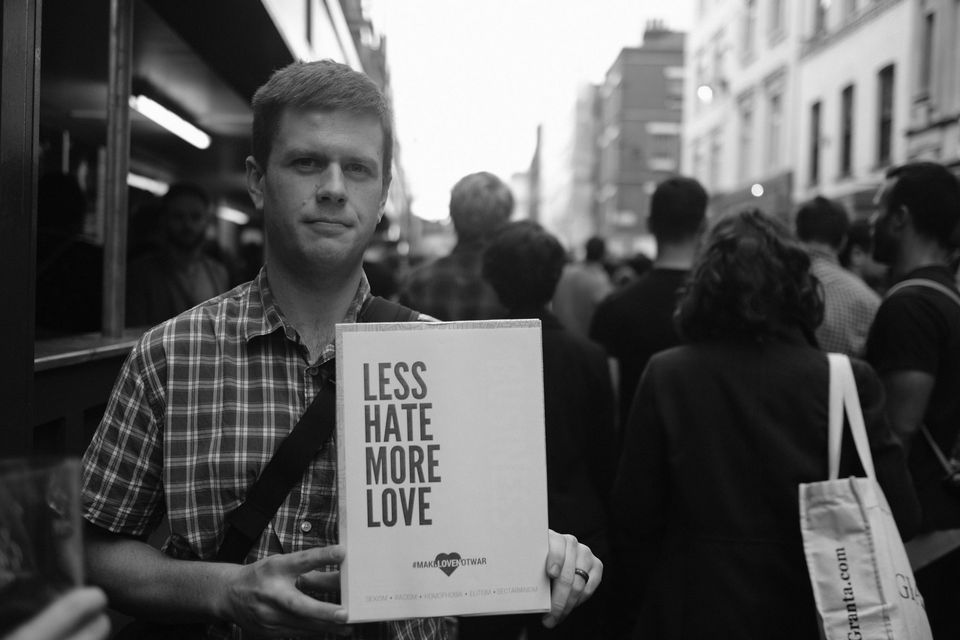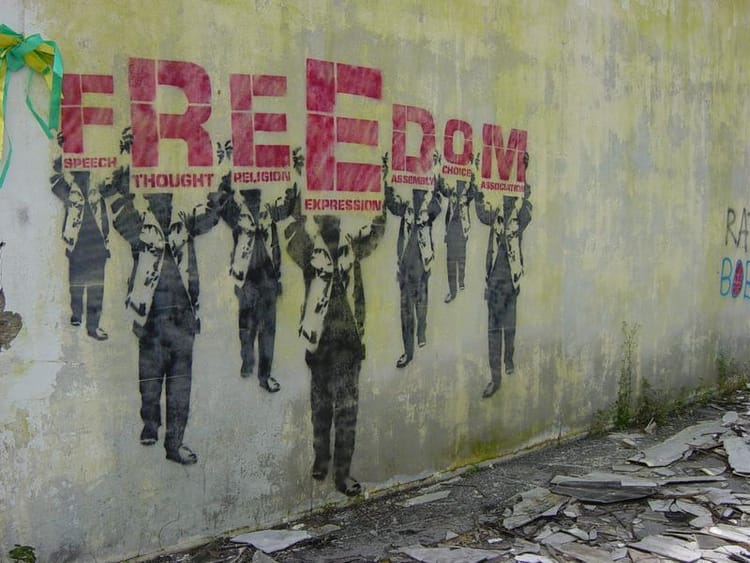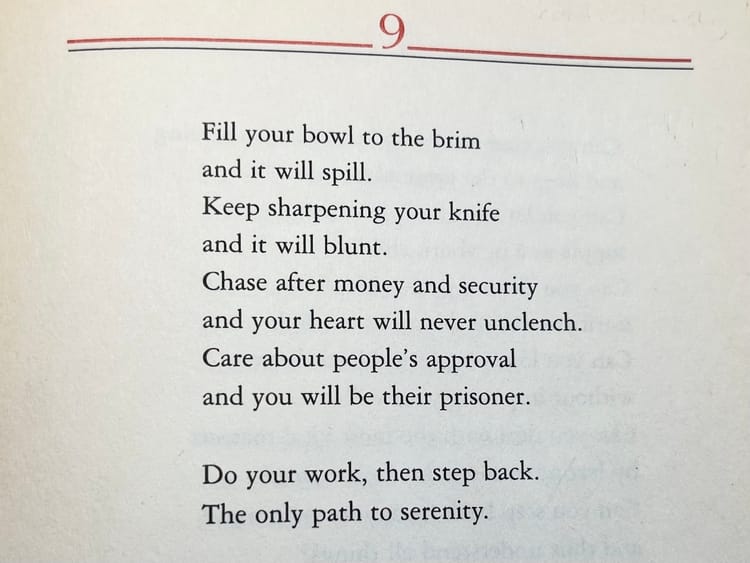How Do We Create a Community of LGBTQ Leadership?

From struggle and division towards belonging.
How can we create communities of LGBTQ leadership, which includes our allies, to work together for a better humanity — a humanity of belonging?
Originally I wanted to use the phrase, “equal human rights”, something I’m sure that you also want to work towards. But then it struck me that striving for rights implies a never-ending struggle. When we improve the rights for some, what about the others left behind and left out? How, instead, do we create a better “humanity”, humaneness in our treatment of every other person we meet?
A Generic Definition of Leadership
When I refer to “leadership” and “queer leadership”, my starting point is how each of us leads ourselves with the intention and capacity to create improvement at the level of society, and evolution at the level of the normative definitions used to define and teach “traditional leadership”.
In “Dare to Lead” Brené Brown defines a leader as,
“… anyone who takes responsibility for finding the potential in people and processes, and who has the courage to develop that potential.”
It’s important for this larger discussion of a “humanitarian leadership” — of queering leadership — to also include from Brown,
“From corporations, nonprofits, and public sector organizations to governments, activist groups, schools, and faith communities, we desperately need more leaders who are committed to courageous, wholehearted leadership and who are self-aware enough to lead from their hearts, rather than unevolved leaders who lead from hurt and fear.”
While traditional leadership is often framed within the container of one person at the top leading or directing others, or people choosing to follow a single leader for the leader’s teachings or philosophy, a queer leadership seeks to be self-serving for the betterment of humanity. And by self-serving I do not mean selfish or self-centred in a negative sense. I mean that you lead yourself first, which requires deep self-awareness so that you can create the potential for the changes you wish to see in the world. Queer leadership seeks to demonstrate a collective self-leadership that reinforces a community and a politics of belonging.
Some time ago I posted a question on a Facebook group for LGBTQ professionals.
At the time I was searching for answers from a gay male perspective, but the responses we less limiting than I thought. I asked,
“What is the single biggest leadership challenge you face at work as a gay man?”
Many in the group responded, but one reply, in particular, stood out:
“My biggest challenge is the complacency of other gay men. When I did activism work, I heard a lot about what the gay community wanted, but when the time came to get to work, folks would disappear. Community and civic engagement require a least a bit of sacrifice. It just seems to be so easy to sit on the side and criticize.”
My response:
“I think it’s important that we don’t generalize and lump everyone into a single container. No matter what you do, when you work to make a change in the world, a lot of people will tell you what they want but very few step up to serve. Much of the work in leadership is to find those key individuals who wish to serve as much as you do.
It is best not to lump all men into a single category. We cannot claim that all men are toxic. We cannot say with a universal truth that all gay men are complacent. Switch that up and you can just as easily say, “all gay men are sissies.” It appears to me that you are experiencing a common challenge that has nothing to do with gay men per se. It’s a human being challenge.”
Problems and Attitudes that Need Addressing
The various answers in response to my question about leadership provided a lot of insight into the challenges we are facing in society, and not just within the network of LGBTQ people. What these responses showed me is that we if want to facilitate evolutionary change as leaders we must be mindful of (but not limited to) the following:
- Holding a negative, closed mindset limits free-thinking and critical thought;
- Defensiveness and fear of disclosure is yet another closet in disguise;
- A surprising number of gay men are frightened by who they are and deny the expression of their gay spirit (they are additionally challenged by privilege as a man, internalized homophobia, fear of the feminine, and misguided masculinity);
- An ignorance of history (an almost a priori assumption that whatever rights and freedoms we have today carry no baggage or emotional wounds) holds people back and limits thinking more broadly and inclusively;
- Seeing the world through rose-coloured glasses, thinking that we have “won our rights and freedoms” is dangerous — our rights can be taken away by whoever is in power;
- All or nothing polarized thinking is defeatist, e.g. putting ideas or people into a single container like: “everyone”, “the radical LGBTQ movement”, “that’s too gay”, or “I don’t go to Pride because I don’t want to see naked people”, and;
- The need to speak in terms of our shared humanity, not in leadership jargon — this is about how people feel, how they want to be seen, heard, appreciated, respected, cared for, and loved.
The Creative Potential of a Queer Leadership — A Politics of Belonging
Many LGBTQ people feel challenged to lead from the source that makes them unique — their queerness — because that place may hold a personal and political history paid with shame and vulnerability.
Living out your truth requires courage, bravery, vulnerability, and trust. Doing so alone requires a fortitude that most of us do not possess or strength of character that needs empowerment from others like us who will support our efforts to be free; to be wholly authentic.
We are “only human”
We need emotional reinforcement from those we implicitly trust during times of great personal change and transformation. When we feel the implicit freedom to fully express our authentic self, others see us as the best of who we are. When we no longer closet any part of our uniqueness and live “demonstrably”, we lead without leading directly; we indirectly enhance the lives of others by demonstrating our courage and allowing the observer to recognize their truth like a mirror to who we are.
As much as I’m an introvert, I recognize the need for LGBTQ people to create a new narrative that will allow us to effectively and efficiently work collaboratively for the greater good of humanity.
The basic narrative structure we all know happens in three parts:
Part 1: The hero is confronted by an obstacle.
Part 2: The hero goes on a journey of self-discovery and/or great challenge to find a solution to overcome their obstacle.
Part 3: The hero overcomes the obstacle and life is better than before.
As LGTBQ people we have long journeyed through parts one and two of the “Hero’s journey”.
It would be incorrect to assume that we have reached the traditional narrative’s “promised land”. Yes, we have witnessed many great wins, and have overcome tremendous challenges, however, we still have a lot of work to do. The rights and freedoms we have fought so hard to receive, can, and in some cases are, being taken away. In many countries, LGBTQ people have no rights at all; worst case scenario there are laws in those countries that make LGBTQ lives not worthy of existence.
Together, we need to write the third act, and develop our queer leadership muscles through shared learning and interaction, through reflection and support, and by helping each other dare to be vulnerable and bravely lead from our authentic queer identity. I may or may not see the third act become a tenable reality in my lifetime, but as human beings, we all need something to believe in — a future that we can see ourselves thriving in, so much so that we will do whatever it takes right now to make our future vision a queer reality.
Remember my Queer Nation story?
The energy in the room during the Queer Nation meeting was so emotionally tense that no one could relax into openness, no was was capable of being receptive. This has been one of my challenges in life; I have a temperament that makes it all too easy to be hot-headed, to jump to conclusions, and to slide into anger and defensiveness. Learning how to be more receptive, how to catch myself before I go from calm and neutral into full defensive mode, has been something I’ve been working on improving for years.
This self-work has lead me to understand what it means to be in the “gap”, that space we can experience in meditation, but also at moments in our day. Reading the Tao Te Ching has also helped me reframe my thoughts from being polarized to something more like the Yin Yang symbol. If you push or move in one direction, you cannot but affect the contents of the side you are coming from.
When we are of the mindset that we are always fighting for our lives and fighting against something or someone (and not to diminish the violence or horror of real-life struggle), we will forever support the tension of this situation or way of existing.
As challenging as this may sound, when we see the struggle not as something to push back against, but an opportunity, then we can see the situation more queerly.
To consider this possibility, read and meditate on the 36th verse of the Tao Te Ching:
If you want to shrink something,you must first allow it to expand.If you want to get rid of something,you must first allow it to flourish.If you want to take something,you must first allow it to be given.This is called the subtle perceptionof the way things are.
The soft overcomes the hard.The slow overcomes the fast.Let your workings remain a mystery.Just show people the results.
Image Credit: Alisdare Hickson





Member discussion